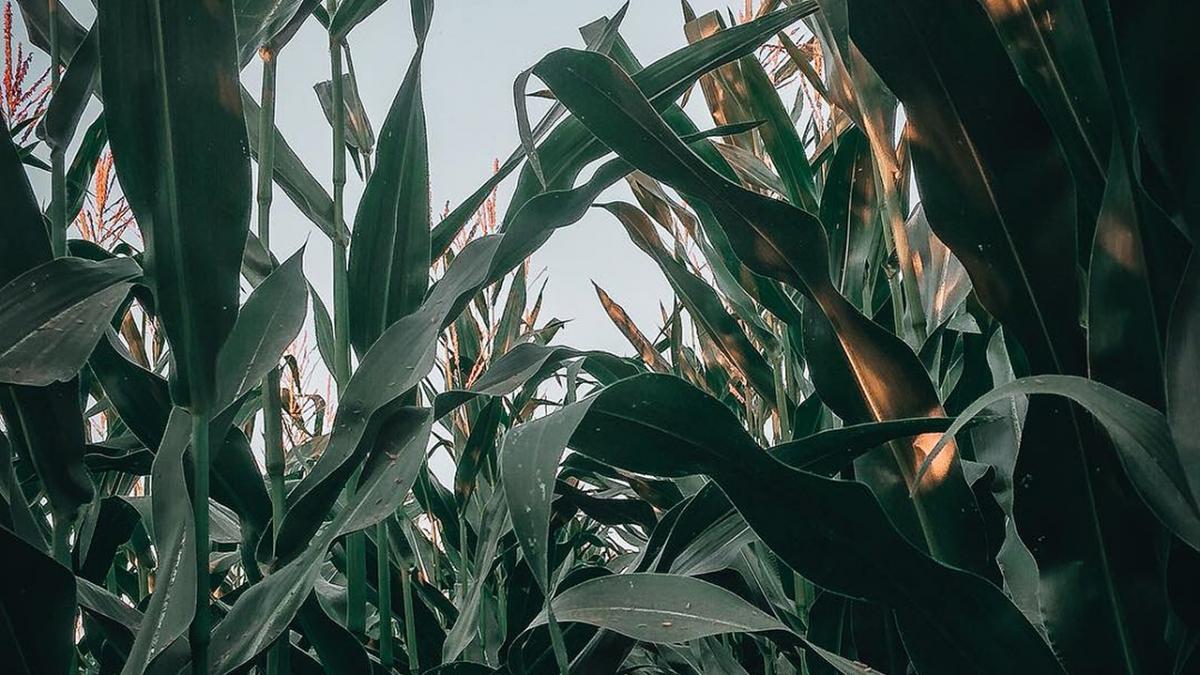Igor Haritanovich/Pexels
Early in the growing season, producers make risk management decisions based on unknown harvest price and harvest yield. The uncertainty associated with unknown yields and prices makes decisions based on these two key components of your farm’s net income difficult. Hedging tools and crop insurance are available to help mitigate the financial risk associated with unknown harvest yields and harvest prices, however the relationship between risk management tools and the combination of the tools appropriate for your situation is unclear.
In a recent study, we looked at both privately funded tools, such as hedging grain on the futures market, and publicly funded tools, such as government subsidized crop insurance. Utilizing a historical model of thirty years (1989-2018) of yield, cost and daily price series data, we investigated the role of intra-season hedging strategies and crop insurance. To place results in the context of objectives faced by producers, we evaluated outcomes on how they influenced net income risk and average net income. Our model was applied to two locations with different yield risks as well as irrigated and non-irrigated production. The empirical model was taken a step further to include an out-of-sample year, to test the robustness of empirical results to financially devastating events that have never been seen.
Multiple intra-season hedging plans were used in this study, but all were designed to be simple and easy to use. We had nine different hedging plans: two triggered as price moved (a simple approach based on hedging in even time increments throughout the growing season), four based on moving averages and how they moved, and two focused on selling all the produced grain at harvest. To test how the type of intra-season hedging plan used affected your results, certain choice variables were held constant. For each intra-season hedging plan, the number of bushels sold on a day when hedging is triggered was held constant, as were the amount of acres planted in corn and the frequency of when the plans based on time were allowed to sell. Certain choice variables, such as the insurance type and coverage level of insurance, as well as the amount of our expected yield that the plans were allowed to hedge before harvest, were allowed to change to test how these variables affected our results.
We found that the relation between the intra-season hedging plan and insurance contract plan changes based on the location and practice (irrigated vs. non-irrigated), as well as the level of hedging the producer is participating in. For example, at low levels of hedging, greater emphasis is put on the insurance contract selected to affect financial outcomes. At high levels of hedging, a plan that evenly hedges grain throughout the growing season minimized risk and returned the highest average net income. In all locations, incorporating a pre-harvest hedging strategy into your risk management plan increased your average net income and decreased the lowest net income experienced over the thirty years analyzed. Incorporating an out-of-sample year worse than had been experienced in the thirty years did not dramatically change the results. A result suggesting that incorporating intra-season hedging and crop insurance into your risk management strategy will increase your average net income while also improving the worst net income experienced.
Additional insights into the approach, intra-season hedging strategies used, results and conclusions can be found in Kara Zimmerman’s thesis titled “Impacts of crop insurance and intra-season hedging on long-run net income risk”. For questions contact Cory Walters, cwalters7@unl.edu.
Kara Zimmerman is a master’s student in the Department of Agricultural Economics at the University of Nebraska-Lincoln.
Cory Walters and Kate Brooks are associate professors in the Department of Agricultural Economics at the University of Nebraska-Lincoln.
Watch: Thesis Defense: The Role of Intra-season Hedging Strategies and Crop Insurance on Net Income Risk
Kara Zimmerman
June 4, 2021


